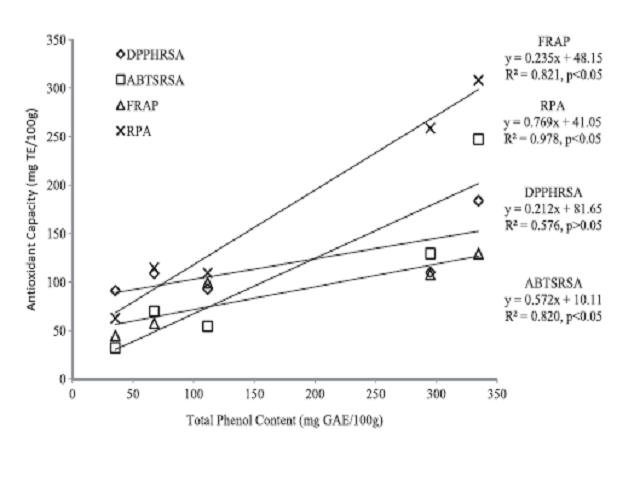Antioxidant activity of garlic using conventional extraction and in vitro gastrointestinal digestion
Keywords:
ABTS Radical Scavenging Ability , DPPH Radical Scavenging Ability , Ferric Reducing Antioxidant Power , Reducing Power Assay , Total Phenol ContentAbstract
Introduction: Garlic is well known for its health protective abilities. Many studies have also proven garlic as an oxidative stress fighter with unique antioxidant potential. These studies have extracted raw garlic in conventional manner i.e. using organic solvents. Such antioxidant capacities cannot be well implicated for health purposes. Methods: This study deals with measurement of antioxidant capacity of raw as well as cooked garlic extracted by chemical as well as physiological method (in vitro gastrointestinal digestion). The Total antioxidant capacity was measured by methods like DPPH Radical Scavenging Ability, ABTS Radical Scavenging Ability, Ferric Reducing Antioxidant Power and Reducing Power Assay. Total Phenol was also evaluated. Results: Results show a wide difference between the antioxidant capacity of conventional and physiological extracts. The in vitro digested extracts of raw garlic show highest antioxidant capacity of all raw and cooked garlic extracts. Loss of phenolic compounds and antioxidant potential on cooking can also be clearly observed in both chemical and physiological extracts. Conclusion: It can be thus concluded that the physiological method of antioxidant extraction is more applicable and reliable than the conventional chemical extraction methods that do not resemble the biological behavior of antioxidants.
Downloads
Metrics





